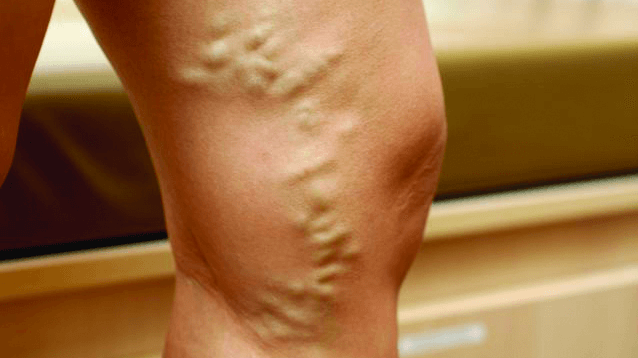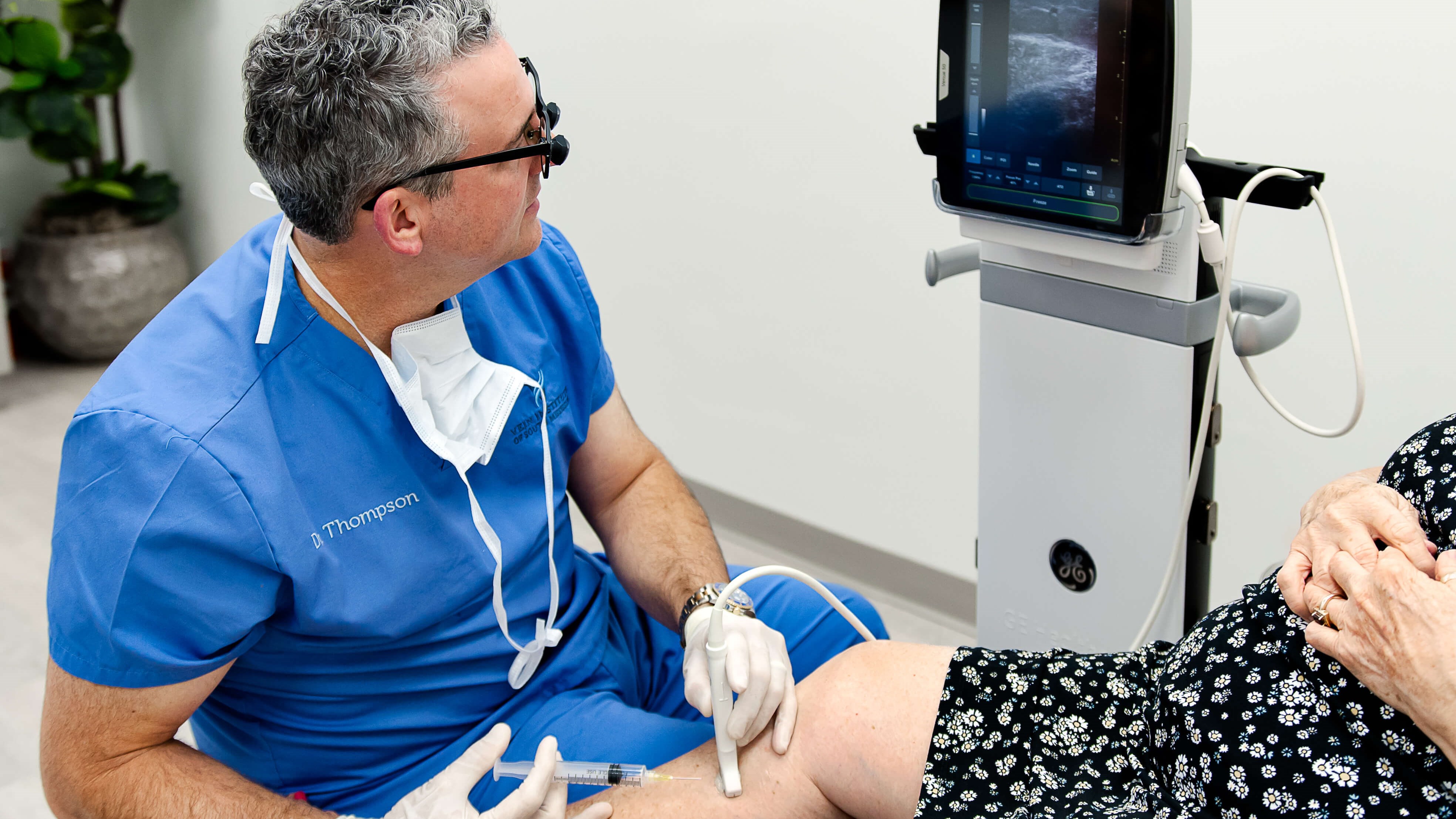Diagnosing Varicose Leg Veins the Right Way
3/6/2024
Ultrasound (US) imaging plays a critical role in the diagnosis and management of varicose veins in the legs, also sometimes referred to as venous insufficiency. US provides detailed, anatomical images and functional information about the venous system in a safe, non-invasive manner. US does not require dye or radiation like other imaging such as a CT scans require. Learn how US technology has improved the treatment for venous insufficiency.
Before a vein treatment plan is in place, your doctor will acquire ultrasound images to determine the blood circulation function in your veins. This is performed in the office typically on the same visit so that you don’t have to worry about taking more time to drive to an imaging facility.
Let’s look at several reasons why an ultrasound is useful.
&srotate=0)
First, ultrasound scans give a visualization of the venous structures which allows your vein specialist to directly observe the veins and assess their functionality without the need for invasive procedures. For example, the painful bulging vein on your calf may have developed because of an abnormal vein higher up in the thigh and to see this, you need an ultrasound.
Second, these real-time images enable the identification of reflux (abnormal flow in the vein), obstruction, or other abnormalities in venous blood flow which can cause varicose veins.
Third, ultrasound provides a quantitative assessment of venous blood flow parameters such as velocity, volume, and direction. This data is used to objectively evaluate the severity of venous insufficiency and monitor changes over time.
Fourth, once a diagnosis is made and a treatment plan is in place, the vein specialist will also use ultrasound imaging as a guide while performing the treatments of the affected vein, such as laser ablation (EVLT) or sclerotherapy.
Finally, ultrasound imaging allows for ongoing monitoring of the effectiveness of the treated veins.
&srotate=0)
Thanks to ultrasound imaging, vein treatments performed in a dedicated vein center by a board-certified vein specialist are minimally invasive and virtually painless. The pain, swelling, and cramping of venous insufficiency can negatively affect your quality of life. So don’t live with vein disease any longer because with ultrasound imaging, today’s treatments for venous insufficiency are quick, safe, and successful!
About the Author: Keith Thompson, DO, RVT, DABVLM, FACOS, is a board-certified vein specialist and has performed thousands of vein procedures. He is the Medical Director of the Vein Institute. Dr. Thompson also serves on committees of the American Venous Forum, a leading organization for shaping vein policy and training vascular surgeons all across the country. Visit www.veinsMS.com for more information.